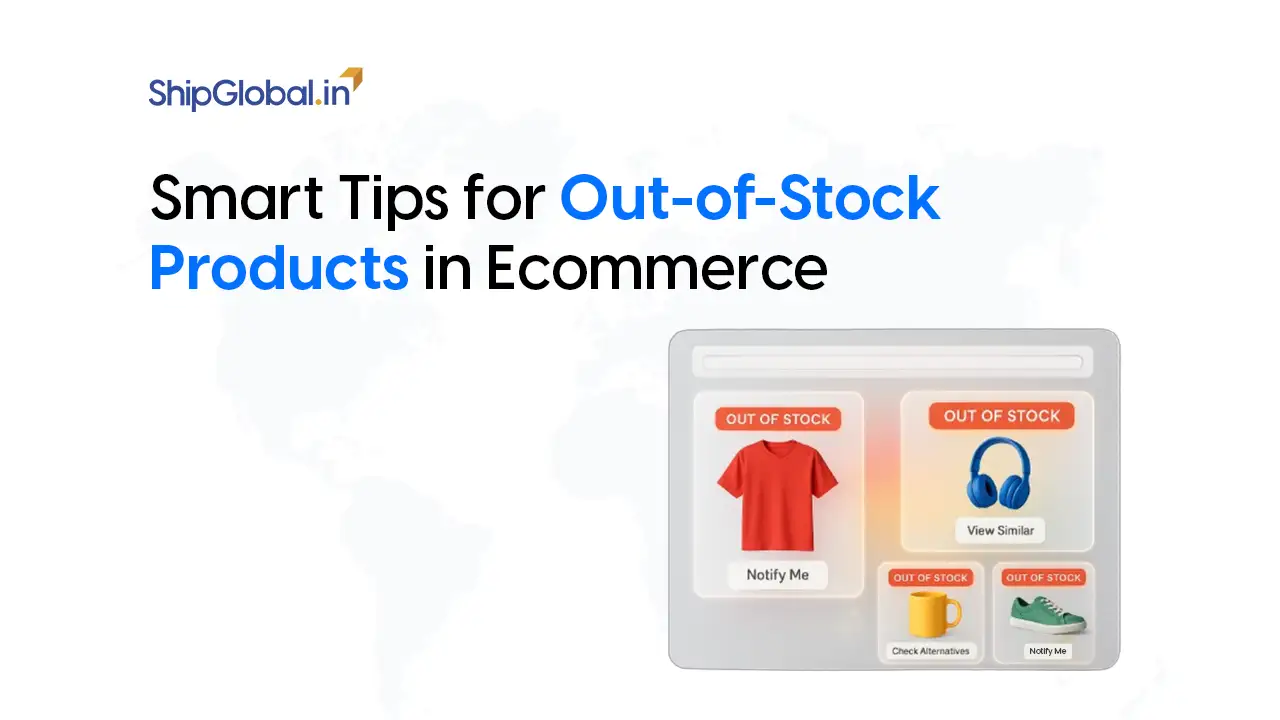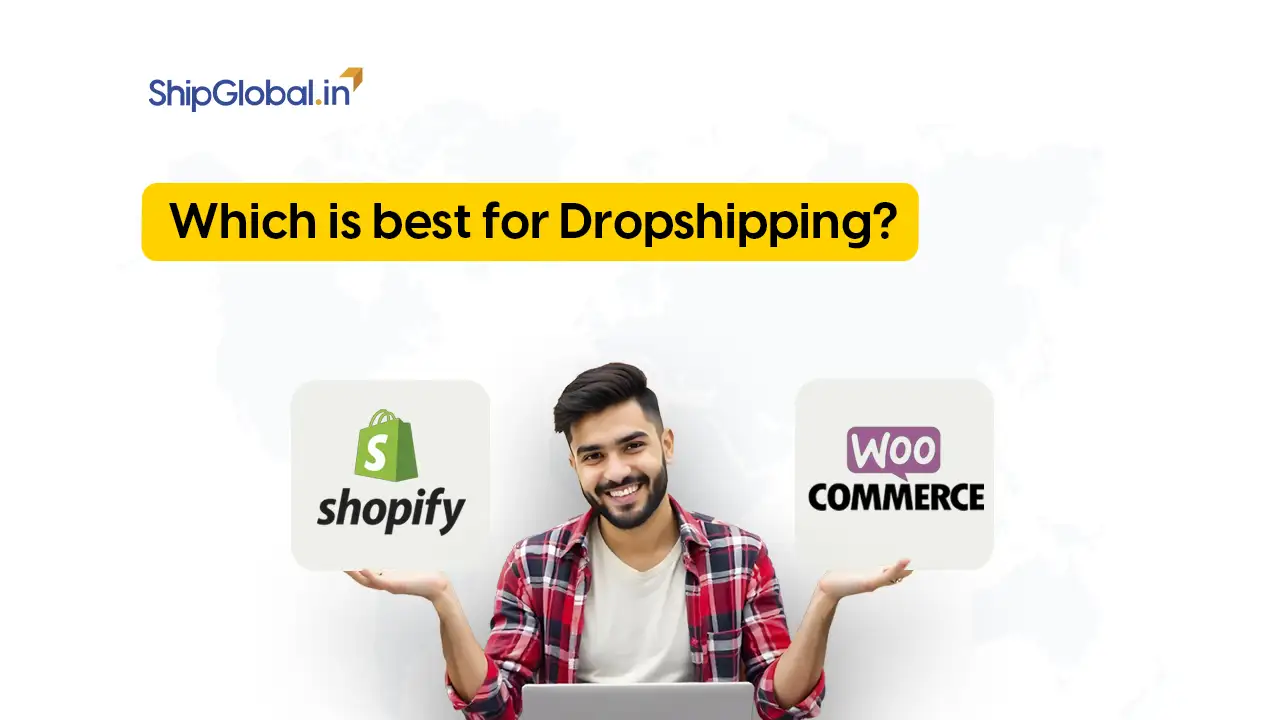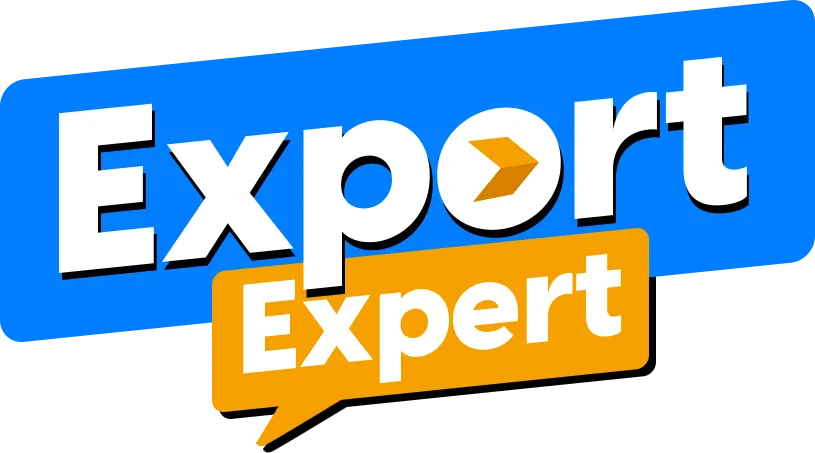Big changes are coming for global shippers. The European Union is rolling out a major update to its customs safety and security system—Import Control System 2 (ICS2). This isn’t just an IT upgrade. It’s a game-changer that aims to tighten security, streamline customs processes, and modernize the way goods enter the EU.
Curious to know what ICS2 Release 3 is?
As of 1 April 2025, road and rail carriers must submit a new Entry Summary Declaration (ENS) to ICS2 before their goods reach the EU. This marks the beginning of Phase 3 of the ICS2 roll-out.
Confused with questions like what is ICS2, what happened to the previous system (ICS1) and how the new updates could impact you?
Don’t worry, we’ve got you covered. Whether you’re a freight forwarder, carrier, e-commerce brand, or exporter, this guide will walk you through what ICS2 means for you and how to stay compliant.
Let’s dive in.
What is ICS2
In a nutshell, ICS2 (Import Control System 2) is the EU’s new digital system designed to collect advance data on goods coming into the region. Think of it like airport security, but for cargo. The goal? Stronger protection for the EU’s internal market and its citizens through smarter, faster, and more coordinated customs checks.
ICS2 replaces the older ICS1 and spans all transport modes—air, sea, road, and rail—making it a major leap toward a fully digitized customs framework. Under this, Economic Operators (EOs) are required to declare safety and security data to ICS2, through the Entry Summary Declaration (ENS).
ICS2 Release 3 Timeline:
- Phase 1: Maritime carriers –3 June 2024 to 4 December 2024;
- Phase 2: Maritime house filers –4 December 2024 to 1 April 2025
- Phase 3: Road and rail carriers – 1 April 2025 to 1 September 2025
Following air, sea, and inland shipping, road and rail are the final transport modes to come under the ICS2 net. And yes, it’s going to change the way a lot of us operate.
ICS2 gives customs authorities a smarter way to assess risks linked to goods entering the Union. And now, with the final leg—Release 3—going live soon, it’s time to get up to speed if your shipments touch EU soil. Are your systems ready? If not, now’s the time to get things in motion.
Key Highlights of ICS2 Phase 3 Deployment
- The Release 3 window kicks off 1 April 2025 and wraps up by 1 September 2025. All national authorities (NAs) must be ready by April, and all EOs must begin lodging ENS for road and rail shipments into ICS2.

- Starting April 1, 2025, road and rail operators must file Entry Summary Declarations (ENS) in advance using the ICS2 system. This phase runs until 1 September 2025, during which businesses must transition fully to the new system.
- Wait, I might not be ready by April… what then?
Good question. If you’re an EO who thinks you won’t be ready in time, you can request a deployment window extension—but only until 1 March 2025. After that? No extensions. Reach out to your National Service Desk where your EORI number is registered. If granted this transition window, you’re allowed to continue using the old method until 1 September 2025. - It’s highly recommended that EOs connect to ICS2 ASAP. For this, you can either use an in-house setup, an IT Service Provider (ITSP), or the web interface. In any case, you’ll need an EORI number to get started.
What is an EORI number?
EORI stands for Economic Operators Registration and Identification. It’s a unique ID required for customs clearance in the EU—whether you’re importing, exporting, or just passing through. Already got one? Great! If not, apply through the customs authority of any EU Member State where you operate.
Who Is Directly Affected by ICS2
A wide range of players will need to act:
- Express carriers
- Freight forwarders and logistics providers
- Final consignees in the EU (for sea cargo)
- Postal operators inside and outside the EU
- Air cargo carriers
- Maritime, rail, and road transport companies
- Representatives of affected Economic Operators
Still wondering if this affects you
If you’re thinking, “This sounds like a freight forwarder’s problem, not mine”, think again.
Anyone shipping goods into or through the EU — even if you’re just a small e-commerce seller or manufacturer overseas — will feel the impact. Why? Because your logistics partners rely on you to provide accurate, complete information for the declarations they file on your behalf.
The chain only works if everyone plays their part.
What Are the Benefits of ICS2
Thinking what’s in it for you and why should you care? Sure, there are more forms to fill and systems to update, but there’s a silver lining here—several, in fact:
- Easier and more transparent information sharing between businesses and customs
- Faster clearance and fewer delays at borders when everything’s in order
- Better protection from fraudulent or high-risk shipments
- More efficient, predictable supply chains
- And once cleared, your goods can move freely across the entire EU
Sounds like a win, doesn’t it?
Key Requirements of ICS2
1. Advance Declarations:
You’ll need to electronically submit the ENS in two stages:
- PLACI (Pre-Loading Advance Cargo Information): For air cargo, this is required before loading the shipment.
- Complete ENS Declaration: To be submitted before goods arrive at EU borders.
2. Data Submission Requirements:
You must provide the following data via electronic data interchange (EDI):
- Shipper’s name and address
- Consignee’s contact details
- Complete description of goods (including HS code)
- Transport details (flight number, ETA, tracking info, etc.)
3. Single or Multiple ENS Filings:
Depending on how the supply chain is structured, ENS can be filed by one party or split across multiple actors.
Impact on Businesses
1. Freight Forwarders and Logistics Providers
- You’ll need to work on tighter timelines for data submission
- IT systems will need upgrades to stay compliant
2. Exporters
- You’re expected to provide more detailed and accurate info
- There may be added costs for data handling and system readiness
3. Cross-Border E-Commerce
- ICS2 adds layers of customs coordination, especially in air cargo.
- Close collaboration with logistics partners is key.
ICS2 and E-Commerce: What You Need to Watch Out For
ICS2 is especially strict when it comes to eCommerce and air cargo.
So, if you’re in e-commerce, ask yourself:
- Are you collecting all the right data from your customers?
- Are your carriers trained to spot suspicious shipments?
- Is your system built to handle tighter customs scrutiny?
You must exercise due diligence when handling e-commerce shipments to avoid potential liabilities connected to misdeclaration. Misdeclared or vague product details could delay your package — or worse, get it rejected. Here is a list of examples of acceptable and unacceptable descriptions of goods:
| Unacceptable | Acceptable |
|---|---|
| Accessories | Bathroom fittings, Lighting and electrical accessories |
| Agricultural Products | Oranges, Fish, Rice, Bread |
| Aid Consignment | Blankets, Medications |
| Apparel | Men’s Shirts, Lingerie, Girls’ Vests, Boys’ Jackets |
| Appliances | Refrigerator, Stove, Microwave Oven, Coffee Machines |
| Artwork | Bust, Picture, Bronze Sculpture |
What Will Happen if You’re Not Ready
Let’s not go there—but if you do miss the deadline:
- Your shipments may be stopped at the border
- Customs clearance will be denied
- Incorrect or incomplete declarations could get rejected or penalized
In short,
No ENS = No Entry, and
Non-compliance = Penalties
How to Get Ready (Without Losing Your Cool)
Here’s your mini checklist:
- Apply for an EORI number (if you don’t already have one)
- Understand the ENS filing requirements
- Start updating your IT and data management systems
- Train your team so they’re not caught off-guard
- Complete the mandatory self-conformance test, ensuring your system can communicate with EU customs. Once you pass the test, you can submit ENS through the Shared Trader Portal (STP).
- Keep close tabs on your partners — are they ready too?
Final Thoughts: Don’t Just Survive ICS2 — Use It to Your Advantage
ICS2 Release 3 isn’t just a boring formality — it’s a real shift in how customs clearance works in the EU. And while it may feel like a lot to take in, preparing for it now will save you from last-minute stress.
As important dates approach, companies must act fast to ensure their processes, systems, and people are ready. Those who quickly adapt to ICS2’s requirements may gain a competitive advantage in the market. Those who delay might find themselves in a last-minute rush, facing blocked shipments and penalties.
Remember, Quick Adopters = Big Advantage
So, are you ready to stay compliant and keep your goods moving smoothly across EU borders? Now’s the time to act, get connected to ICS2, and make sure your business stays ahead in the new customs landscape.
Frequently Asked Questions
The ENS is a digital declaration containing safety and security data about goods entering the EU. Submitting it through ICS2 is mandatory for customs clearance — failure to do so can result in goods being delayed or rejected at the border.
It depends on the contractual arrangement. In most cases, the carrier (road/rail operator) is responsible. However, freight forwarders or logistics companies may file ENS on their behalf if agreed upon.
Yes, ICS2 supports multiple filing, meaning different supply chain actors can submit parts of the ENS if they hold specific data — like a logistics provider filing transport details and the seller providing product info.
Yes, every Economic Operator interacting with EU customs must have an EORI number. Without it, you cannot access ICS2 or submit ENS declarations.
Before connecting to ICS2, businesses must pass a self-conformance test to show they can exchange messages correctly with the system. This includes testing your data formats, connectivity, and communication flows via the Shared Trader Portal (STP) or your connected systems.
The STP is the EU’s official interface where businesses can submit ENS declarations, access test environments, and manage customs communication for ICS2.
E-commerce shipments, especially by air and road, are subject to higher scrutiny under ICS2. Carriers must ensure complete and accurate product descriptions to avoid shipment holds — vague terms like “gifts” or “samples” can trigger inspections or rejections.
If you apply for a deployment window before March 1, 2025, and it’s approved, you can use ICS1 until September 1, 2025. After that, all road and rail ENS declarations must go through ICS2.
Yes. Even if your goods are only passing through the EU on their way elsewhere, you must file an ENS and comply with ICS2 security and safety requirements.








